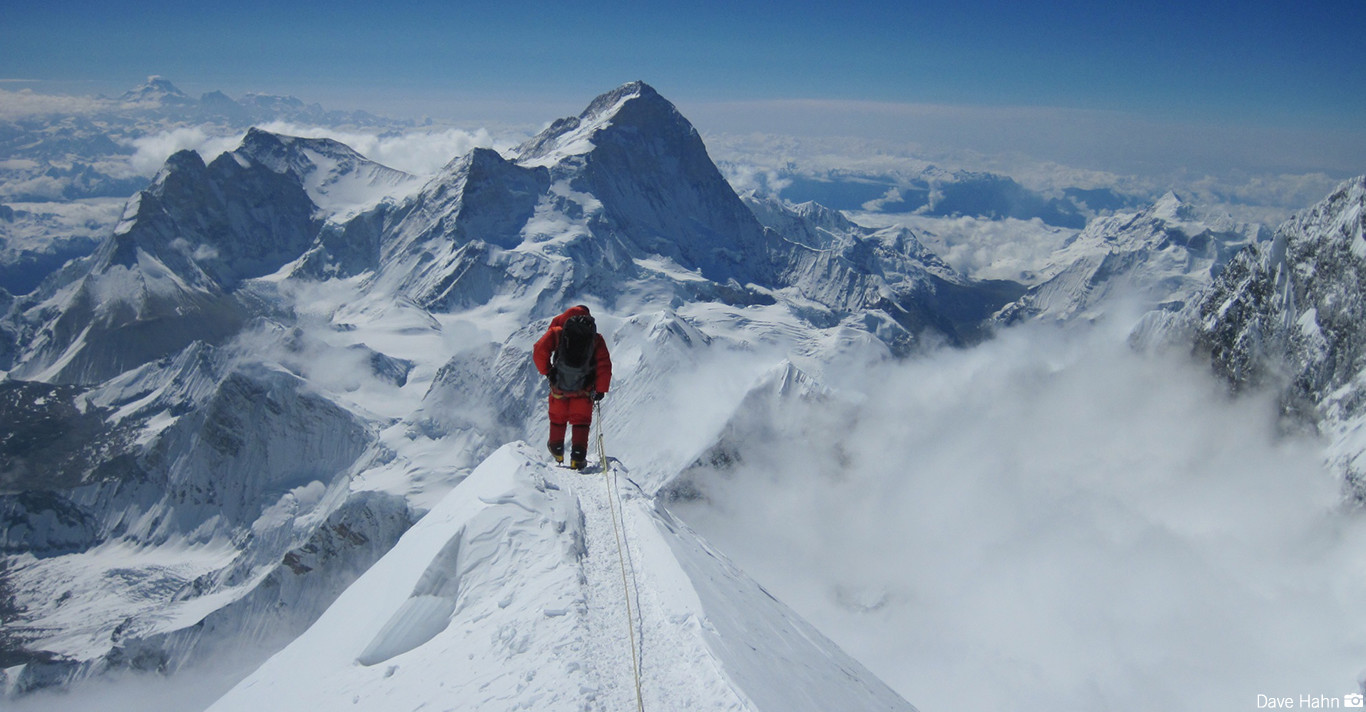Nepal, home to the majestic Himalayas and eight of the world’s 14 highest peaks, has announced a significant increase in the Mount Everest Climbing permit fees.
The updated fees, rising by 36%, mark the first hike in nearly a decade and aim to bolster the country’s revenue while addressing environmental and safety concerns. This decision is expected to shape the future of mountaineering on the world’s tallest peak.
Why the Permit Fee Hike Was Necessary
Nepal’s decision to increase the permit fee for climbing Mount Everest reflects the nation’s growing emphasis on deriving sustainable revenue from its natural treasures.
Effective from September, the new fees will apply to climbers attempting the 29,032-foot summit during the peak April-May climbing season. The cost of a permit will now rise from $11,000 to $15,000, with similar increases for off-peak climbing seasons.
Narayan Prasad Regmi, director general of the Department of Tourism, explained that the royalty fees had not been reviewed in many years, making the hike a necessary adjustment.
As mountaineering forms a crucial pillar of Nepal’s economy, the updated fees aim to enhance the country’s financial standing while addressing long-standing issues in the industry.
Read : Mount Everest is Growing 0.08 Inches Per Year Because of Kosi and Arun River
While expedition organizers like Lukas Furtenbach of Furtenbach Adventures acknowledge the increase, many see it as a logical step. Furtenbach called it an “understandable” move, expressing hope that the additional funds would contribute to environmental protection and improved safety measures on Everest.
Read : Elevating Heights: Discovering the Top 10 Largest Mountains Across the Globe
However, Nepal’s government has not yet specified how the increased revenue will be utilized. Critics have often pointed out the lack of clarity in how funds from mountaineering permits are allocated, and many are now urging greater transparency in resource management.
Balancing Economic Gains with Environmental Challenges
The allure of Mount Everest draws hundreds of climbers each year, with approximately 300 permits issued annually for the standard South East Ridge route.
The climbing season brings significant economic benefits to Nepal, creating jobs for local Sherpas, guides, and support staff, as well as generating revenue for expedition companies, lodging facilities, and transportation services.
Despite these economic benefits, the surge in climbers has brought environmental challenges to the forefront. Mount Everest has often been criticized for becoming overcrowded, with traffic jams forming along key sections of the route.
Additionally, the mountain has earned the unfortunate moniker of the “world’s highest garbage dump,” as climbers often leave behind discarded equipment, oxygen cylinders, and other waste.

In response to these issues, Nepal has organized cleaning campaigns to remove garbage from the mountain and has implemented safety measures, including rope fixing and other precautions for climbers. However, the extent to which these measures address the root causes of overcrowding and pollution remains debatable.
Environmentalists also highlight the impact of climate change on Everest. Climbers have reported that the mountain is becoming increasingly dry and rocky, with reduced snow and precipitation.
These changes not only alter the climbing experience but also pose additional risks to climbers. As global warming accelerates, the fragile ecosystem of the Himalayas faces unprecedented threats, making it imperative for Nepal to invest in sustainable solutions.
The Future of Mountaineering on Everest
While the fee increase is unlikely to deter seasoned climbers, it raises questions about the future of mountaineering on Everest. The higher costs may prompt some to reconsider their plans, potentially reducing the number of climbers and alleviating overcrowding to some extent.
However, for many climbers, the prestige of summiting the world’s tallest peak outweighs the financial burden, and demand for permits is expected to remain strong.
Expedition organizers and mountaineers alike hope that the additional funds generated by the fee hike will be channeled into improving infrastructure and safety on the mountain.

This includes investing in better waste management systems, enhancing the training and welfare of Sherpas, and implementing stricter regulations to ensure climbers are adequately prepared for the challenges of high-altitude mountaineering.
Nepal’s government must also address concerns about equity and accessibility in mountaineering. While wealthy climbers from around the world can afford the increased fees, the cost may become prohibitive for those with limited financial resources. Striking a balance between economic gains and inclusivity will be a critical challenge for policymakers.
Despite these challenges, the allure of Mount Everest remains undiminished. The mountain continues to captivate adventurers and dreamers from around the globe, offering a once-in-a-lifetime opportunity to stand on the roof of the world.
With careful planning and responsible management, Nepal can ensure that Everest remains both a source of inspiration and a sustainable asset for generations to come.
The 36% hike in climbing fees marks a new chapter in the history of Everest mountaineering. It is a reminder of the immense value of this natural wonder and the shared responsibility to preserve it for future climbers and the planet.
let’s enjoy few years on earth with peace and happiness….✍🏼🙏

